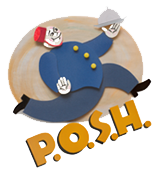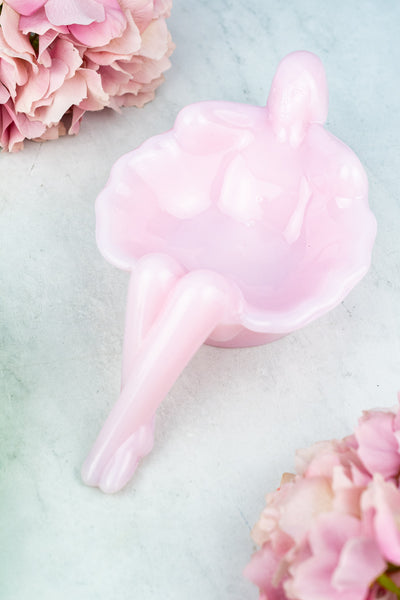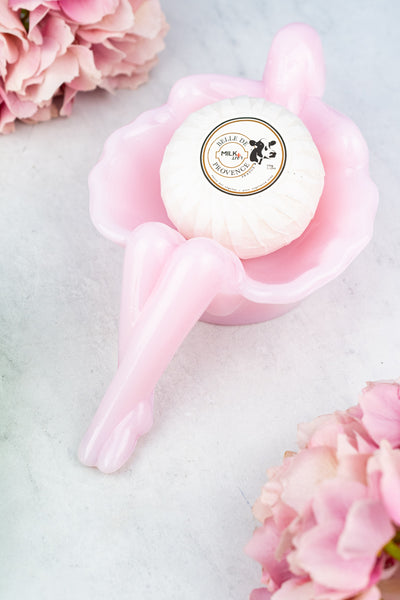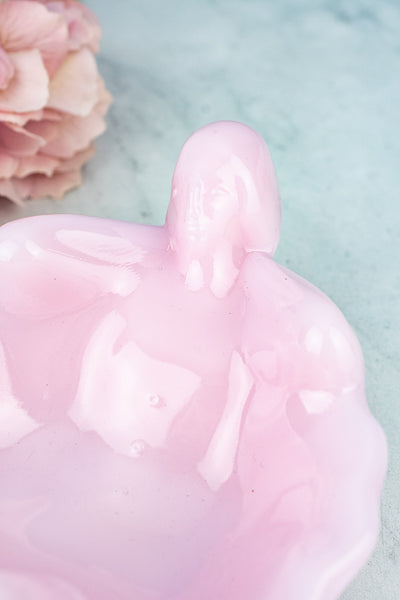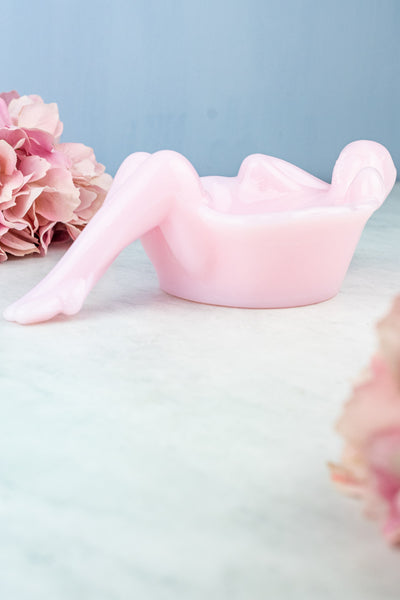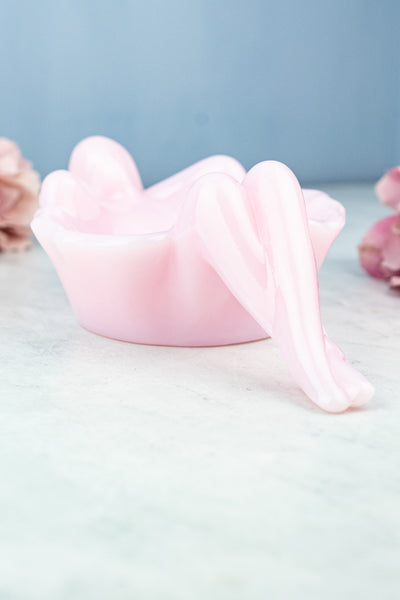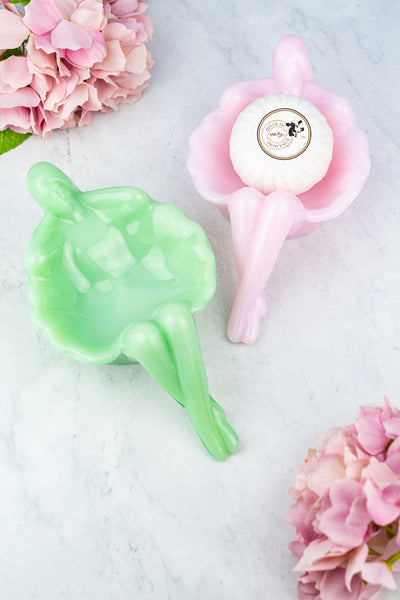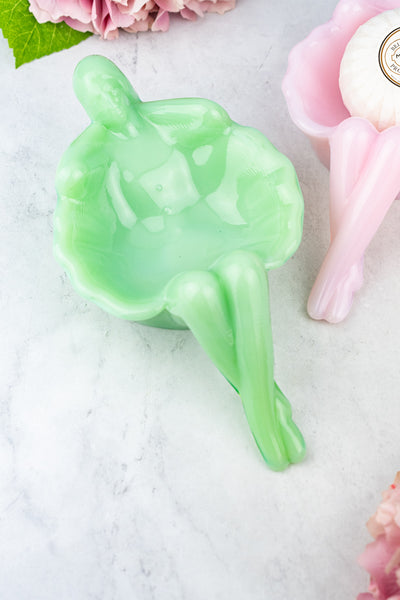Pink Milk Glass Bathing Beauty Dish
Pink Milk Glass Bathing Beauty Dish
$48.00
With the flirty style of the original 1920s mold that was used to produce it, this sturdy glass dish sparkles with coquettish charms. Exactingly reissued by one of the last remaining hand-pressed glass manufacturers in the United States, this dish features a teasing bathing beauty rendered in a dreamy shade of pink milk glass known as Roseite.
Perfect as a soap dish, she will happily hold everything from jewelry to candies, pocket change to keys!
9" in length x 3" wide by 2.75" tall. Handwash Recommended.
Learn More About Roseite
The pretty pink cousin of Jadeite, Roseite was another lovely milk glass shade that was developed shortly after World War II and brought its delicate color and charms to kitchens coast-to-coast. To create the dreamy shade of pink, Erbium, a rare earth element, was added to the molten glass. To perfectly capture that authentic, delicate shade of pink, erbium is also used in the production of these bathing beauty soap dishes. It is the addition of rare erbium that adds to the production costs and makes these beautiful pink milk glass pieces a bit more dear than their Jadeite counterparts.
Learn More About Milk Glass
Opaque Glass originated in 16th century Venice and came in a variety of colors, including white, pink, yellow, blue, and brown. The white variety beloved today rose to prominence during the Victorian era, when it was coveted as an economic dead-ringer for porcelain. (The Victorians also get credit for coining the term "milk glass.")
Its production and popularity waned during the Great Depression but saw a resurgence after World War II. During the 1950s and 1960s companies such as Anchor Hocking, Fenton, and Westmoreland increased production of milk glass pitchers, vases, plates and cake stands in all sorts of shapes and sizes to meet the demand for this timeless collectable.*
*History of Milk Glass adapted from Country Living article
